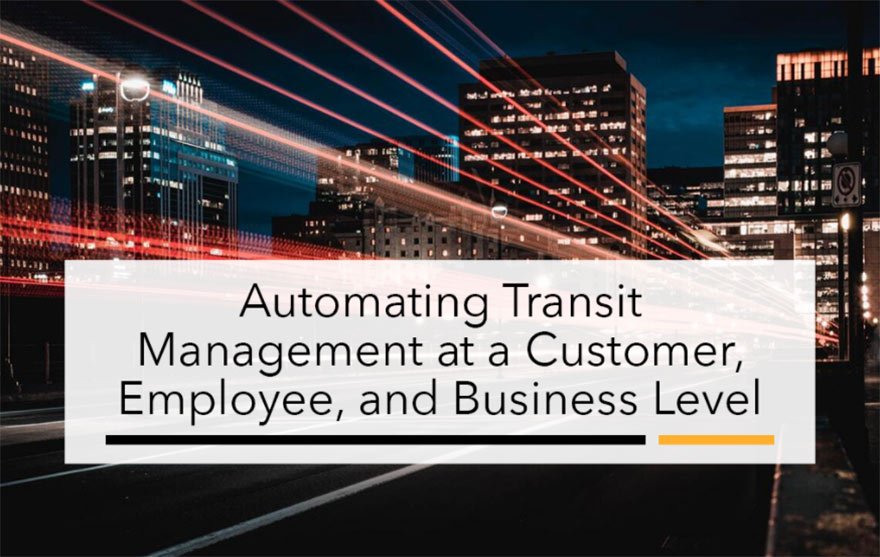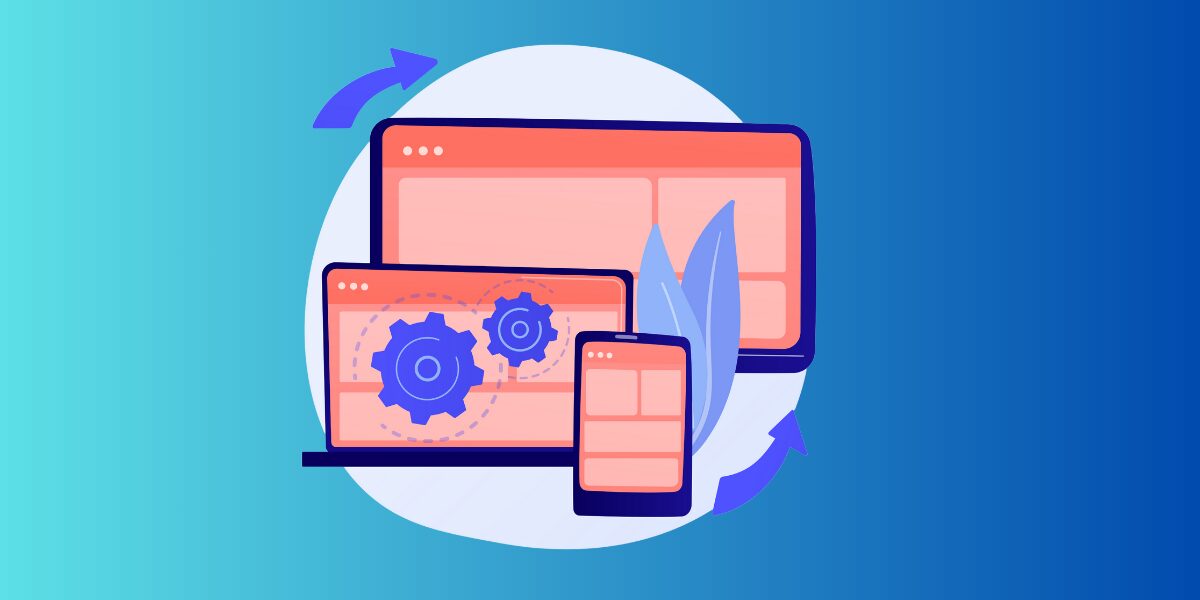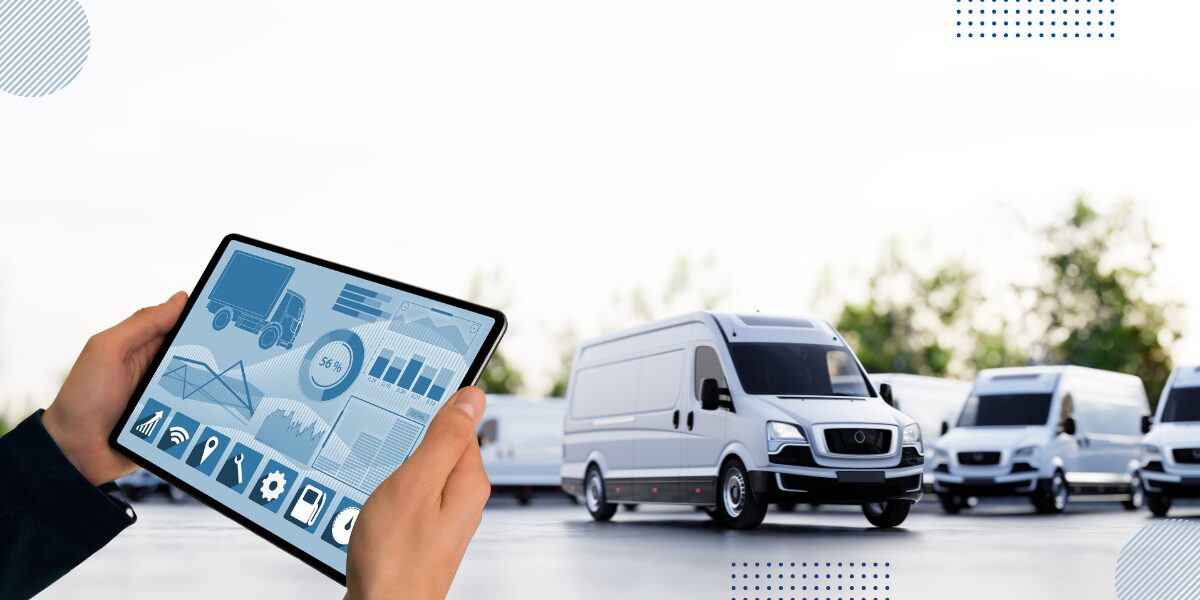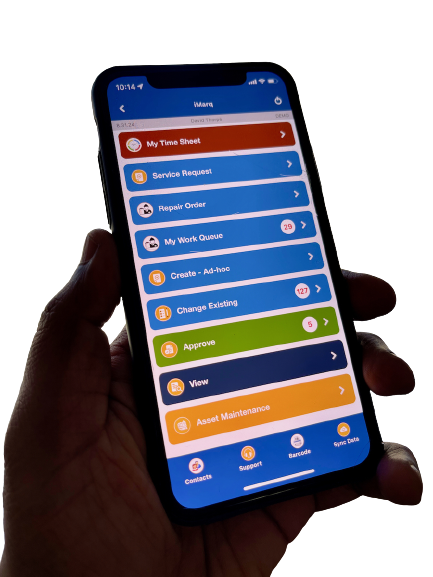We live in a digital age where automation is necessary and imminent. Notwithstanding the COVID-19 pandemic for the last two years, public transportation ridership has increased by 28%, with a rise in the US population by 23%. This has created pressure on the transit services system forcing municipalities and local governments to look for ways to reduce congestion in urban areas and increase transit safety. To keep up with technological innovations, the Federal Transit Administration is researching the possibilities of bus automation to improve safety, increase efficiency and productivity of transit operations and enhance customer experience and satisfaction. Earlier this year, it successfully conducted several bus automation pilot projects, demonstrations, and tests domestically and internationally. Even the Singapore government provides impetus to bus chartered bus operators to automate their processes. The government offers financial subsidies, free consultancy advice, and training to help the bus operators digitize their services.
Automation of transit processes can include tracking the location of buses on a digital map, built-in cameras to monitor the behavior of bus drivers, and online systems for payments and route planning. This could be especially beneficial in school buses that carry many students, especially the young ones. With automation and real-time tracking of the bus routes and location, parents’ minds will be put to ease, and the administrative burden of bus drivers will be reduced. Additionally, the global pandemic has forced the transit sector to change its traditional ways of doing business and modernize in due time to prepare for a completely different operating environment.
Advantages of Transit Management Automation
Automating transit management services has several advantages for businesses, employees, and customers. Automation of transit management effectively manages your transport and freight departments. It reduces the cost of manually entering data about shipments and retrieval of options in freight transportation automatically.

It can drive business growth and bring better value to customers. Some of the key advantages of transit management automation are:
- Minimize Errors: With automation, you can achieve integration of your commodities with your enterprise system along with the automatic entry of fuel and accessory surcharges. You will no longer need to worry about missing, wrong or old information. This will ultimately reduce the cost of your business and provide customers with a better experience. Connixt offers iMarq, the fastest way to digitize forms and processes, replacing manual entry tools with standardized drop menus and multiple options, making it easier for employees to enter data and reduce human error.
- Regular Maintenance: The current traditional maintenance methodologies have failed to provide a holistic picture of the vehicle’s condition. Maintenance requests are only made when there is a big, visible issue. This process is time-taking and expensive. Automation can solve this problem by providing you with real-time data about the condition of your vehicles. Using iMarq, employees on the field can directly capture inspections, report any incidents and request any parts required for servicing or replacement. This saves both time and money for the business. Access to real-time information about your vehicle is a powerful instrument that can help you make future decisions to mitigate costs and increase efficiency.
- Increased Productivity: For crew members and employees, automation provides many benefits. It reduces their tedious administrative work and increases their safety. Using iMarq, your crew members can report location, status, manage work orders, service requests, and timesheets simply using their smartphones and tablets. You can also track field status, crew location, and work history.
- Overall customer satisfaction: One of the critical aspects of the transit industry is customer experience. If you cannot deliver a product on time, your customers will start looking for alternative providers. Therefore, it is necessary to ensure that your customers get their products on time. With the automation of your transit management system, your customers can track their products in real-time, thus knowing exactly when their products will arrive. Besides that, features like auto-pick, freight insurance, and freight accounting ensure that your customer is well-informed about the cost and specifications of the product bought.
With companies in the transit industry already taking progressive steps to automate their transit management system, you would not like to be left behind in this competitive era. Connixt offers a cloud-based, pre-built mobile enterprise suite that manages your crew, assets, work, compliance, safety, and inventory. If you are interested in learning more about how the solutions offered by Connixt can help digitize your transit management system, reach out to us for a demonstration today!





